Welcome to one of the most active flamenco sites on the Internet. Guests can read most posts but if you want to participate click here to register.
This site is dedicated to the memory of Paco de Lucía, Ron Mitchell, Guy Williams, Linda Elvira, Philip John Lee, Craig Eros, Ben Woods, David Serva and Tom Blackshear who went ahead of us.
We receive 12,200 visitors a month from 200 countries and 1.7 million page impressions a year. To advertise on this site please contact us.
|
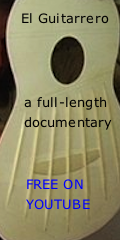
|
|
Finding plans
|
You are logged in as Guest
|
|
Users viewing this topic: none
|
|
Login  | |
|

   
RobF
Posts: 1611
Joined: Aug. 24 2017

|
 RE: Finding plans (in reply to je2907) RE: Finding plans (in reply to je2907)
|
|
|
quote:
No I meant, did Torres build flamenca guitars ?
Maybe the more important question is whether you can make a good flamenco guitar using a Torres style pattern, or do you need to look later at the stuff originating out of the Manuel Ramirez shop, like from Santos or Esteso.
The thing about Torres is he used a fairly defined kite-patterned fan bracing scheme. Santos was very creative so it’s difficult to pin down any one bracing strategy to him. An enormous number of bracing patterns, often popularized/standardized by later makers, can be traced back to Santos, or at least can be found in his work. So, in that sense, one needs to be very specific when referring to a Santos plan, as there are various.
Honestly, you can’t go wrong by starting out with analyzing Torres. Things to look for are the symmetry of the fans, which can be projected to meet at a defined origin point, the angle made where the outer fan braces meet the closing braces, which often approaches 90 degrees, and the breadth of the kite, in other words, how close to the edges the braces go, indicating the structural coverage. Also pay attention to how the dimensions of the bridge interact with the brace placement, as it’s all part of the system. Once that’s absorbed, it’s not too hard to draw up your own interpretation based on your preferred plantilla.
The flamenco character of the guitar will largely be defined by the action at the 12th fret and, more importantly, the height of the strings over the soundboard at the bridge. The sweet spot there is conventionally 7.5mm, some like it a bit higher, others lower, but for a new guitar, it is prudent to try to hit somewhere between 8.0 and 8.5mm, in order to allow for adjustability as the guitar settles. Starting out with something like 7.0mm, while in the ‘Goldilocks’ zone for some players, is the kiss of death for a maker, as you’ve robbed yourself of the ability to make necessary adjustments if you decide you want lower action at the 12th than the guitar has once strung up.
Anyways, that’s just my feelings on the matter. There’s quite a few good makers who hang out here so opinions on pretty well everything can vary, but generally they don’t that much.
But, for sure, you can make a really nice flamenco guitar following the Torres philosophy. I’ve yet to make a Torres based guitar that disappointed. They just seem to work.
|
|
|
|
REPORT THIS POST AS INAPPROPRIATE |
Date Dec. 16 2022 20:34:39
 |
|
 New Messages New Messages |
 No New Messages No New Messages |
 Hot Topic w/ New Messages Hot Topic w/ New Messages |
 Hot Topic w/o New Messages Hot Topic w/o New Messages |
 Locked w/ New Messages Locked w/ New Messages |
 Locked w/o New Messages Locked w/o New Messages |
|
 Post New Thread
Post New Thread
 Reply to Message
Reply to Message
 Post New Poll
Post New Poll
 Submit Vote
Submit Vote
 Delete My Own Post
Delete My Own Post
 Delete My Own Thread
Delete My Own Thread
 Rate Posts
Rate Posts
|
|
|
Forum Software powered by ASP Playground Advanced Edition 2.0.5
Copyright © 2000 - 2003 ASPPlayground.NET |
0.0625 secs.
|


 Printable Version
Printable Version




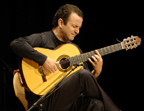
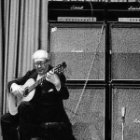
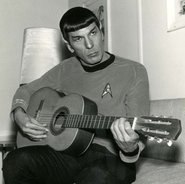
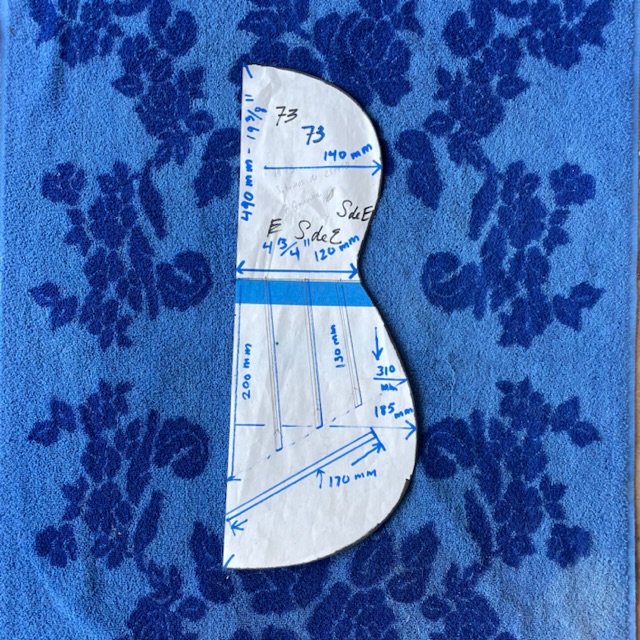
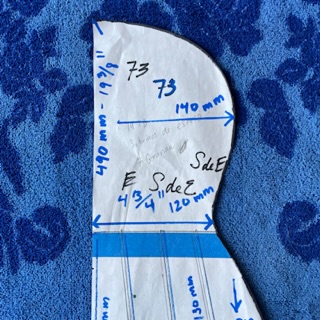
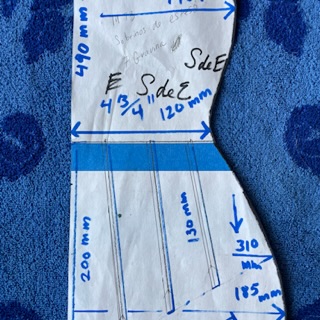
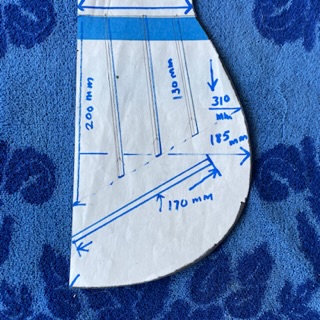

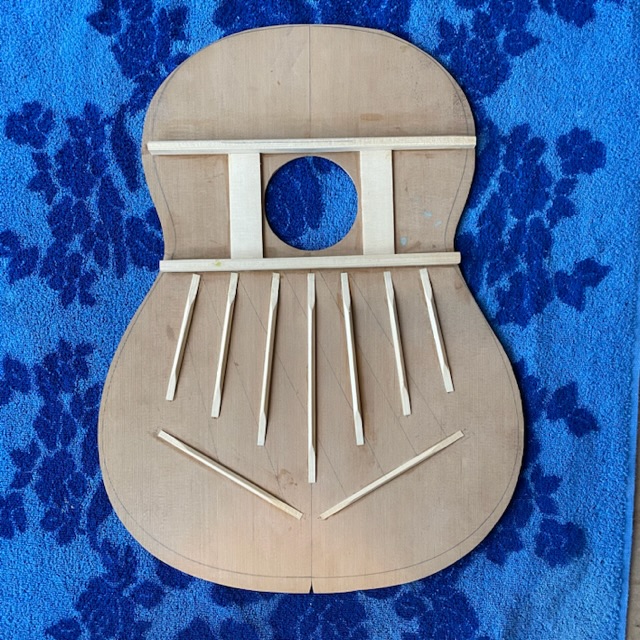
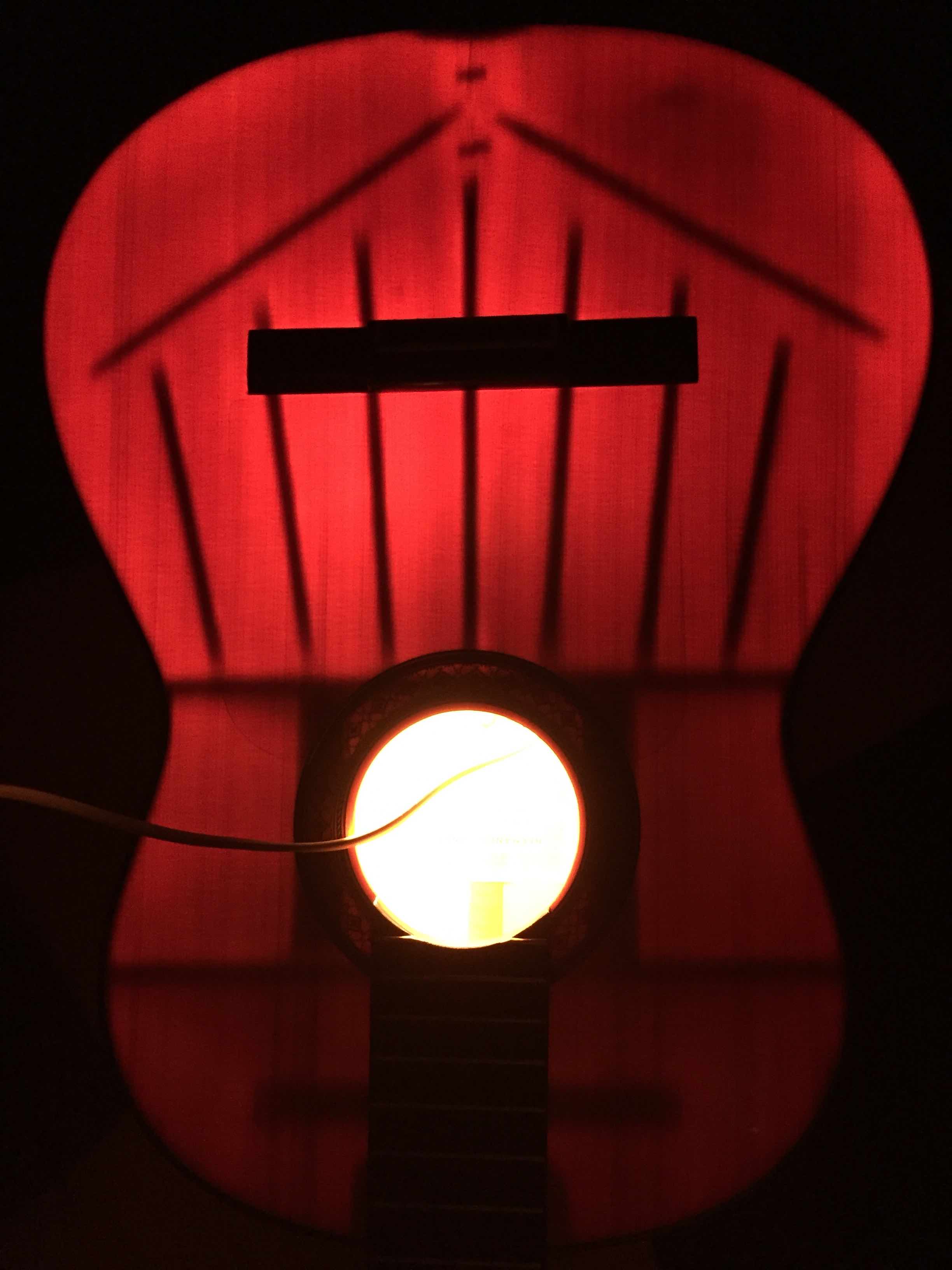
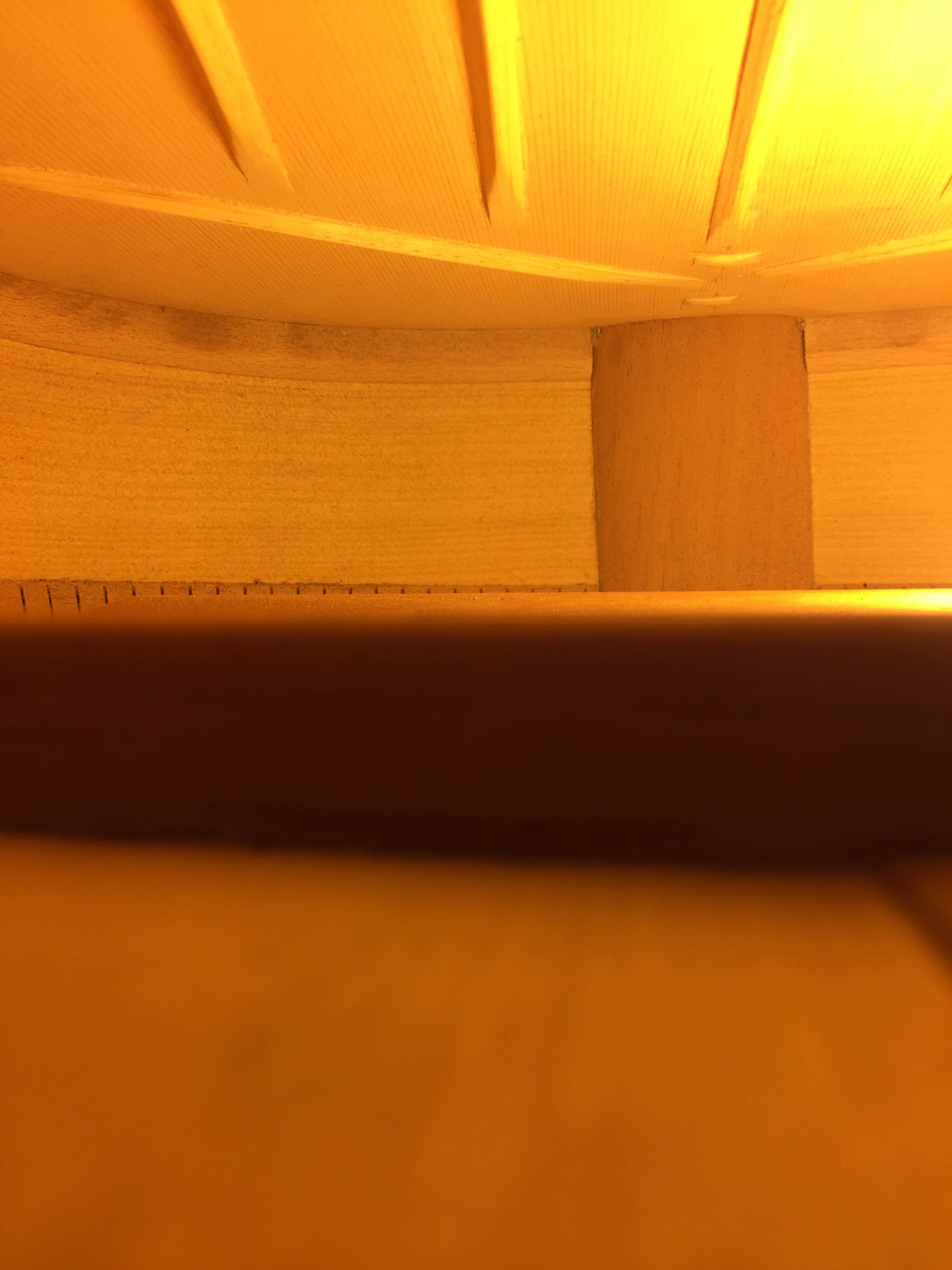
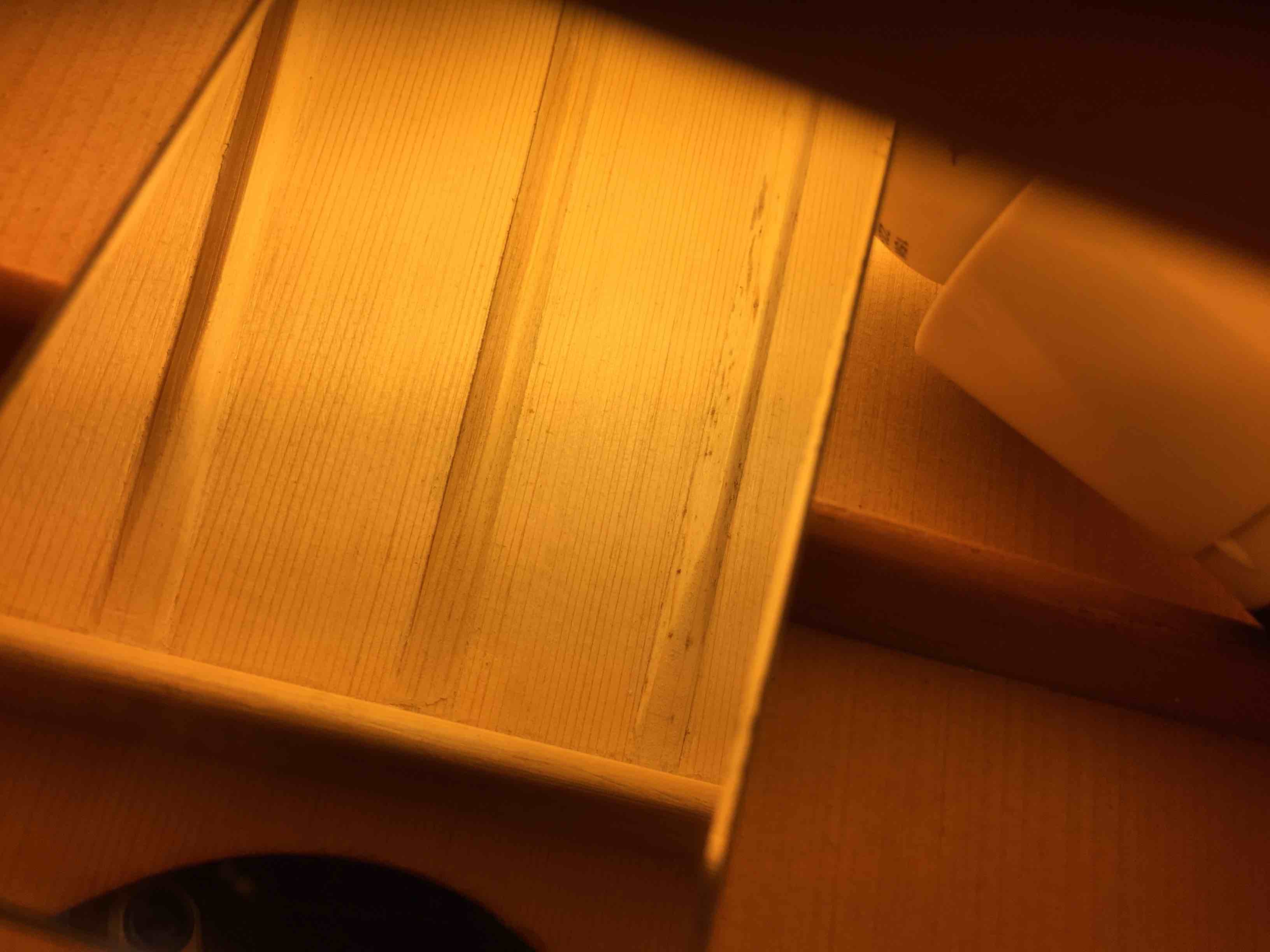
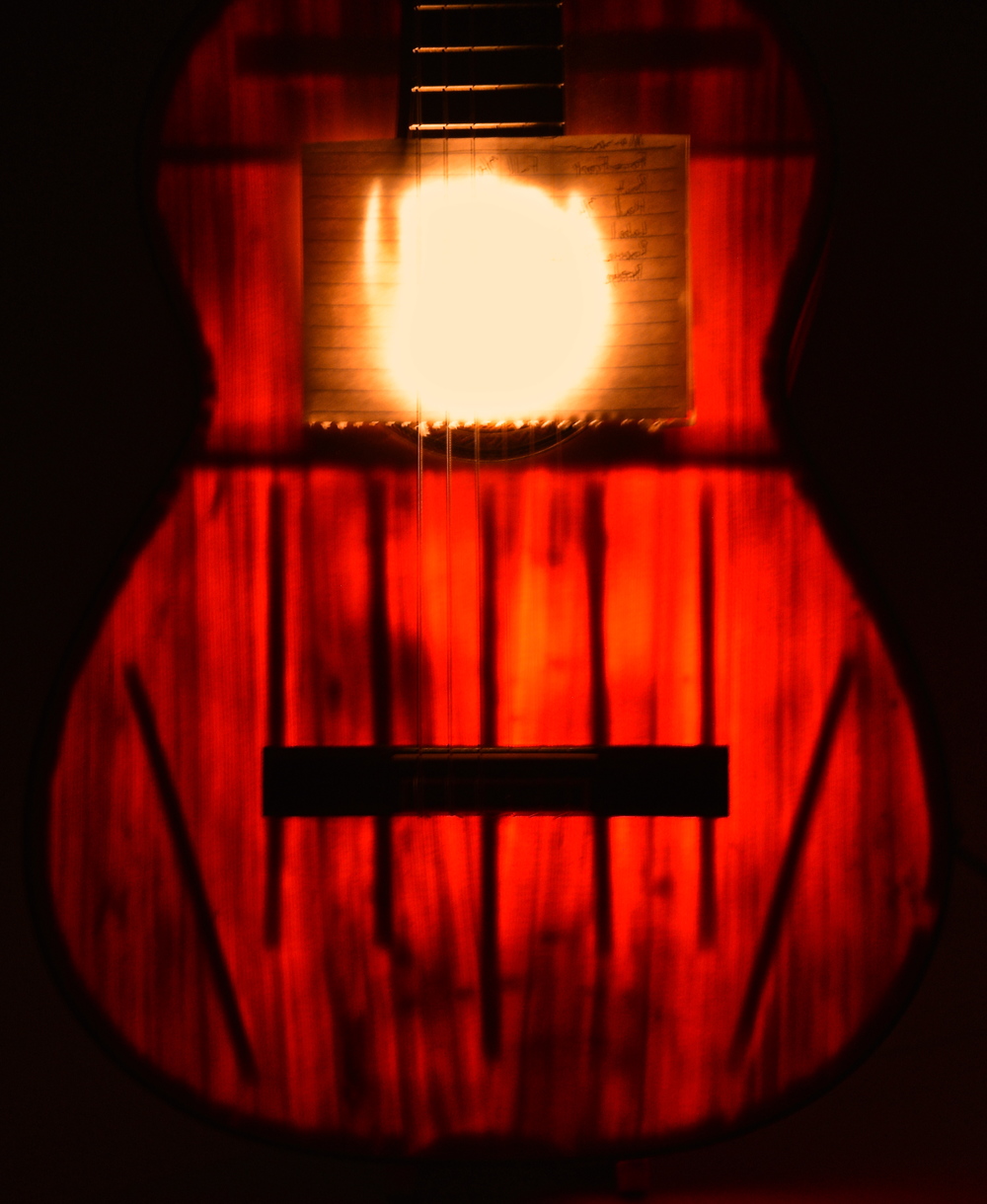
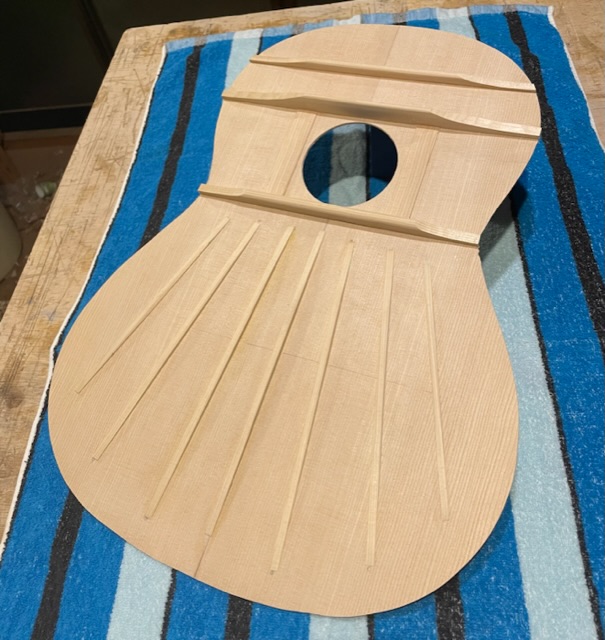
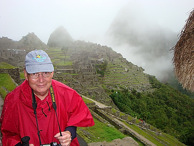
 New Messages
New Messages No New Messages
No New Messages Hot Topic w/ New Messages
Hot Topic w/ New Messages Hot Topic w/o New Messages
Hot Topic w/o New Messages Locked w/ New Messages
Locked w/ New Messages Locked w/o New Messages
Locked w/o New Messages Post New Thread
Post New Thread